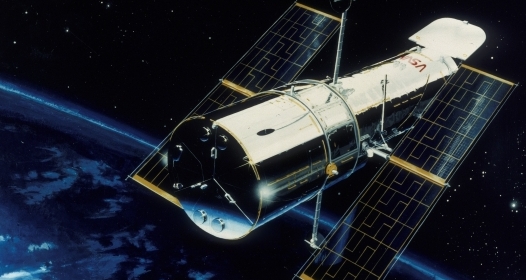
NASA’s Hubble Space Telescope has uncovered a mysterious solitary dwarf galaxy known as UGC 4879.
The galaxy is smaller and messier than its cosmic cousins and lacks the majestic swirl of a spiral or the coherence of an elliptical.
Key Points
The galaxy UGC 4879 is very isolated and consists of a scattered drizzle of stars.
It about 2.3 million light years away from its closest neighbour, Leo A which is about the same distance as that between our Milky Way and the Andromeda Galaxy.
The galaxy has not interacted with any of surrounding galaxies that makes it an ideal laboratory for astronomers to study star formation by interactions with other galaxies.
The scientific studies of this solitary galaxy UGC 4879 will provide ample scientific study material for astronomers looking to understand the complex mysteries of star birth throughout the universe.
It will especially help astronomers to study amount of star formation in the first 4 billion years after the Big Bang and followed by a strange 9 billion-year lull in star formation.
About Hubble Space Telescope (HST)
HST was launched in 1990 as an international cooperation space project between NASA and European Space Agency.
It is managed by NASA’s Goddard Space Flight Center in Greenbelt, Maryland. Its science operations are conducted by Baltimore based Space Telescope Science Institute (STScI).
It is located in low Earth orbit outside the distortion of Earth’s atmosphere that allows it to take extremely high-resolution images.
Current Affairs 13th June, 2016 Current Affairs Round Up Bullet Points, April, 2016 Current Affairs Round Up Bullet Points, March, 2016

Join The Discussion